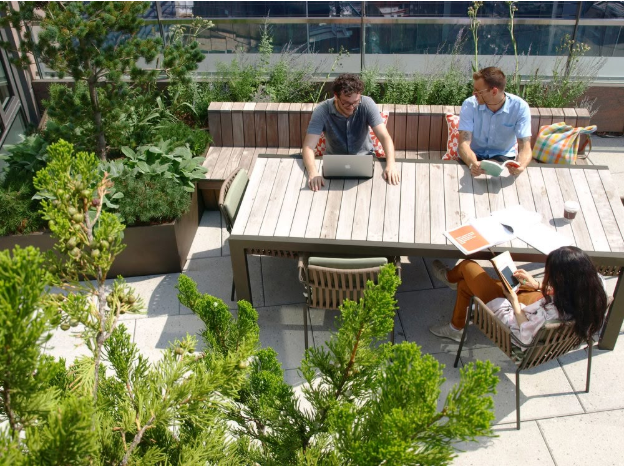Creating the perfect outdoor environment takes more than just picking a few plants and setting up a patio. It’s about blending nature, purpose, and design into one flowing space. Whether you’re transforming a backyard or refining a larger estate, every element plays a role. A well-thought-out plan balances aesthetics with functionality and long-term upkeep. And when done right, it can completely change how you experience your home.
Start With Purpose And Vision
Before you pick up a shovel or call in a contractor, take a step back. Think about how you want to use your outdoor space. Do you want a peaceful retreat? A play area for kids? A place to entertain? This vision guides every choice—from materials to plant selection. Even lighting and pathways should serve that initial purpose. It’s easy to get lost in trendy features, but if they don’t support your lifestyle, they’ll lose their charm quickly.
Integrate Property Tree Trimming For A Healthier Landscape
Property tree trimming refers to the routine cutting and shaping of trees to improve their health, safety, and appearance. This task is more than just cutting back branches—it’s essential for keeping your outdoor space safe and beautiful. Overgrown limbs can block sunlight, damage structures, or pose hazards during storms.
Strategic property tree trimming opens up the space and highlights key features of your yard. It can also create cleaner sightlines and allow more light for smaller plants. If you’re planning to add new features or lighting, trimming nearby trees may be your first step. A well-trimmed canopy not only protects your investment but also frames your design beautifully.
Blend Function And Style Through Thoughtful Landscape Design
Landscape design is the art of organizing outdoor elements—like plants, walkways, furniture, and water features—into a cohesive and functional layout. A great landscape design respects the natural flow of your property while enhancing its beauty and usability. This doesn’t mean you need a manicured garden or luxury pergola. It simply means every corner of your outdoor space has a purpose.
Start with the natural features of your land. Look at slopes, shady spots, sunny zones, and water drainage. Use those cues to determine where different activities or features belong. Think about sightlines from inside your home too. A good landscape design brings harmony between interior and exterior living.
Consider Seasonal Transitions And Local Climate
A lush summer garden may not look the same in winter. That’s why planning for year-round appeal matters. Choose plants that offer color in different seasons. Mix evergreens with deciduous trees. Include features like stonework, fire pits, or sculptures that maintain visual interest even when the greenery fades.
Your local climate also dictates what’s realistic. Certain plants may look beautiful in magazines but won’t survive your region’s winters or dry spells. Likewise, rain-heavy areas might need better drainage solutions or porous walkways. When your outdoor space adapts to the seasons, it stays vibrant and usable all year long.
Conclusion
Planning your outdoor environment is both a creative and practical process. It’s about imagining how you want to feel in the space and making smart choices to bring that vision to life. By considering your goals, integrating professional property tree trimming, and using smart landscape design, you set the stage for a space that grows with you.

